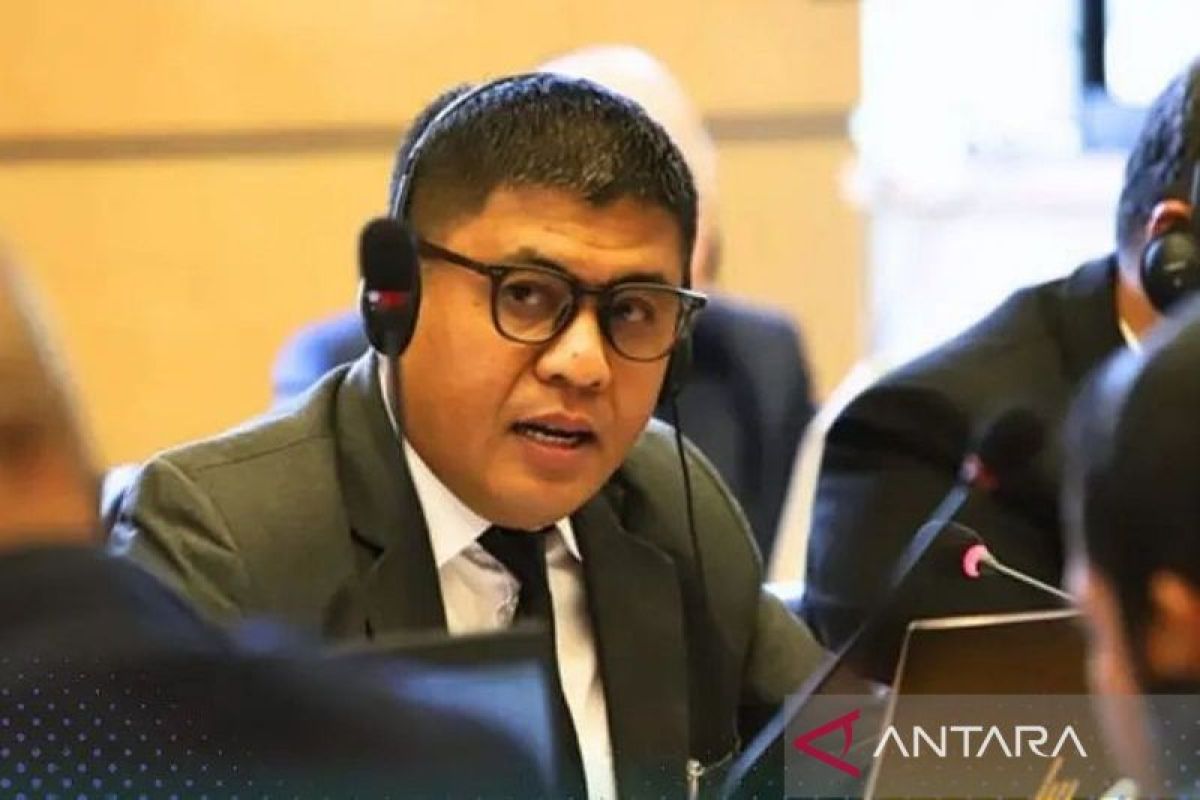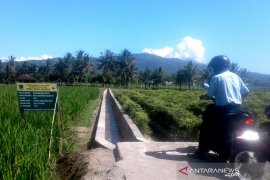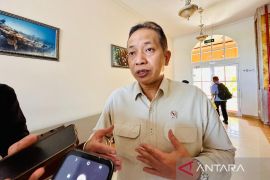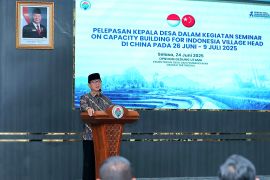According to a statement from the Directorate General of the Accelerated Development and Underdeveloped Regions of Kemendes PDTT on Friday, the achievements were spotlighted at the International Covenant on Economic, Social, and Cultural Rights (ICESCR) forum held in Switzerland on February 20–21, 2024.
Director of Harmonization of Socio-Cultural and Institutional Development for Disadvantaged Regions, Dimposma Sihombing, spoke about the successful use of funds to build more advanced villages with a variety of community facility services to reduce poverty levels.
"Through village funds, 1,742,886 clean water facilities have been built, 536,907 baths and toilets, 26,565 village maternity huts, and 70,644 PAUD facilities,” Sihombing remarked.
PAUD stands for Pendidikan Anak Usia Dini (Early Childhood Education), the educational system and programs aimed at children up to the age of six.
He also noted that 45,993 community health centers (posyandu), 93,469 wells, 33,987 sports facilities, and 52,940,731 meters of drainage had been built.
He said that village funds also play a role in supporting community economic activities, such as the construction of 350,775 kilometers of village roads, 1,904,381 meters of bridges, 14,612 village markets, and village-owned enterprises.
Moreover, 9,232 boat moorings, 6,706 reservoirs, 603,348 irrigation facilities, and 539,938 land retaining units were constructed.
Apart from that, the government has provided fiscal incentives worth Rp1 trillion (around US$64.3 million) for 62 disadvantaged regions in Indonesia.
"These funds are a form of support for development in the 3T area, for which the allocation can be used to encourage improvements in basic services such as education and health," Sihombing explained.
Through various budget allocations and programs, he affirmed that the government had succeeded in reducing the poverty rate in villages from 14.21 percent in 2015 to 12.22 percent in 2023.
The number of villages with very underdeveloped status decreased, from 13,453 villages in 2015 to 4,850 villages in 2023. The number of villages with underdeveloped status decreased from 33,592 in 2015 to 7,154 in 2023.
Apart from that, the number of developed villages increased, from 3,608 in 2015 to 23,035 villages in 2023, while the number of villages with independent status rose, from 174 in 2015 to 11,456 villages in 2023.
"The Indonesian government has also succeeded in alleviating 60 of 122 disadvantaged regions in 2015–2019," he remarked.
ICESCR is a multilateral agreement established by the United Nations General Assembly (UN) to oversee the provision of economic, social, and cultural rights.
Related news: Tourism Minister targeting to create 6,000 tourism villages in 2024
Related news: MSMEs are key to optimizing potentials of villages: Minister Masduki
Translator: Tri Meilani Ameliya, Cindy Frishanti Octavia
Editor: Anton Santoso
Copyright © ANTARA 2024











